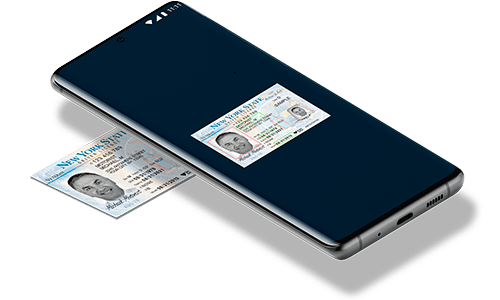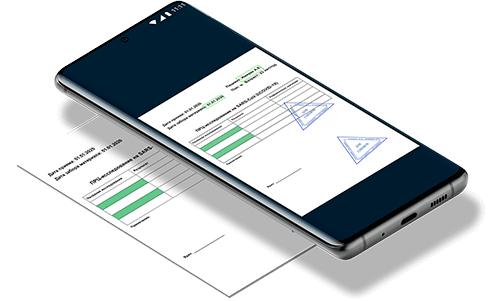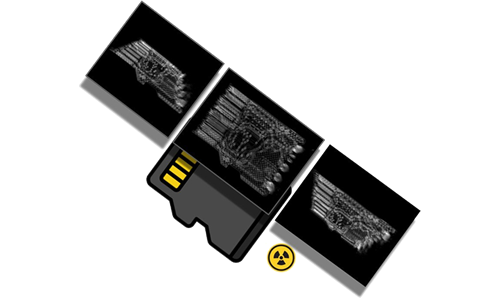Products and solutions

ID document scanning SDK
Document data scanning from ID cards, passports, driver’s licenses, vehicle registration certificates (VRC), visas, birth certificates, insurance cards, and other documents. Supports scanning of over 2484 types of identity documents of 210+ territories and entities worldwide. Works on a mobile phone, tablet, or server, web camera, with photos and scans of documents, as well as in the video stream from a web or smartphone camera, regardless of their quality, and is robust to capturing conditions.


Data extraction and document capturing solutions
Automated data entry of government, legal, and business documents: fixed forms, semi-structured and unstructured documents (primary accounting documents, KYC forms, consent forms to the personal data processing, applications, tax certificates, balance sheets, P&L statements, payment orders) from scans and photos taken in natural conditions, including automated document classification, text fields recognition, checking the presence of stamps and signatures and document package consistency checks.
